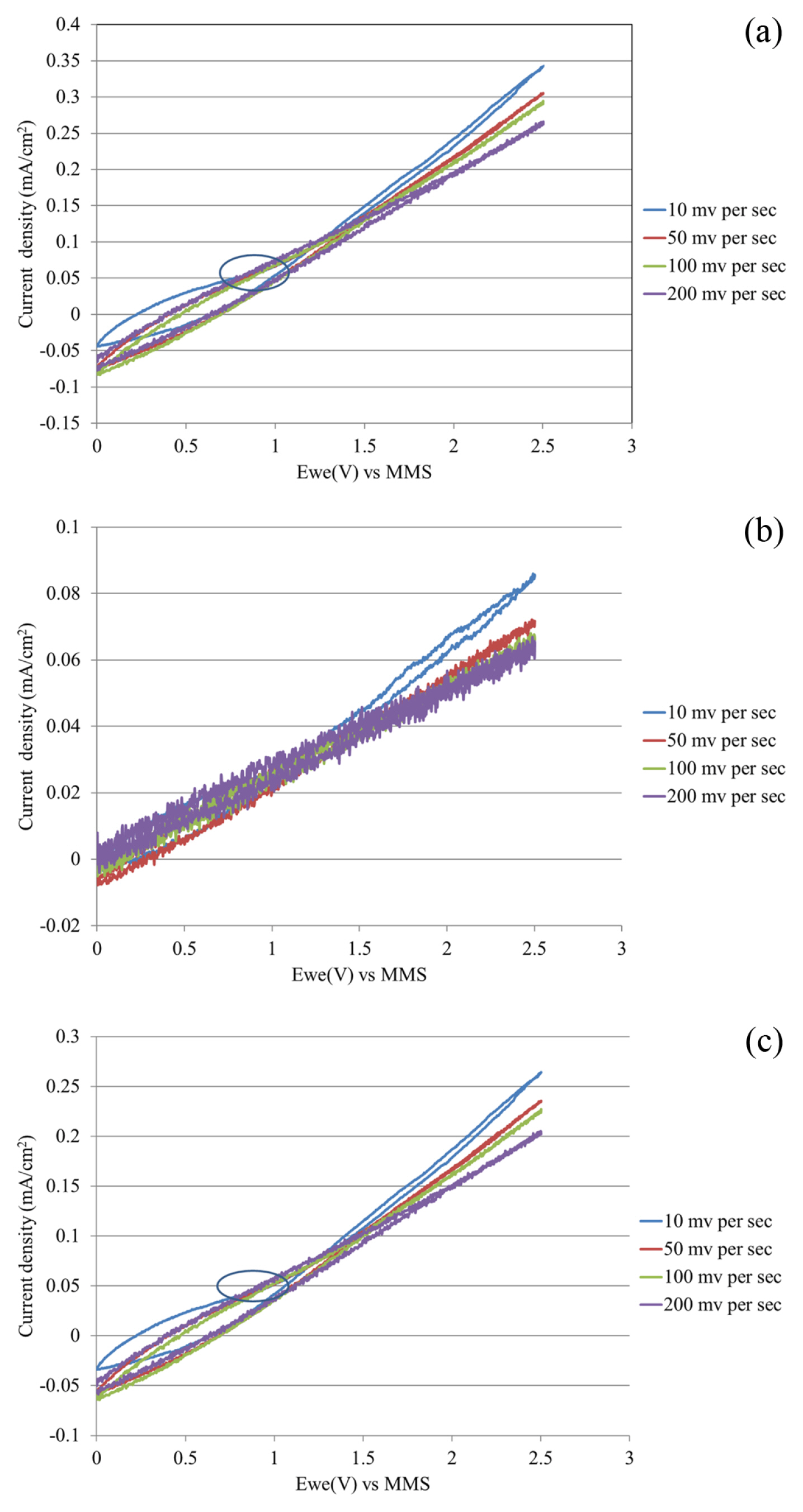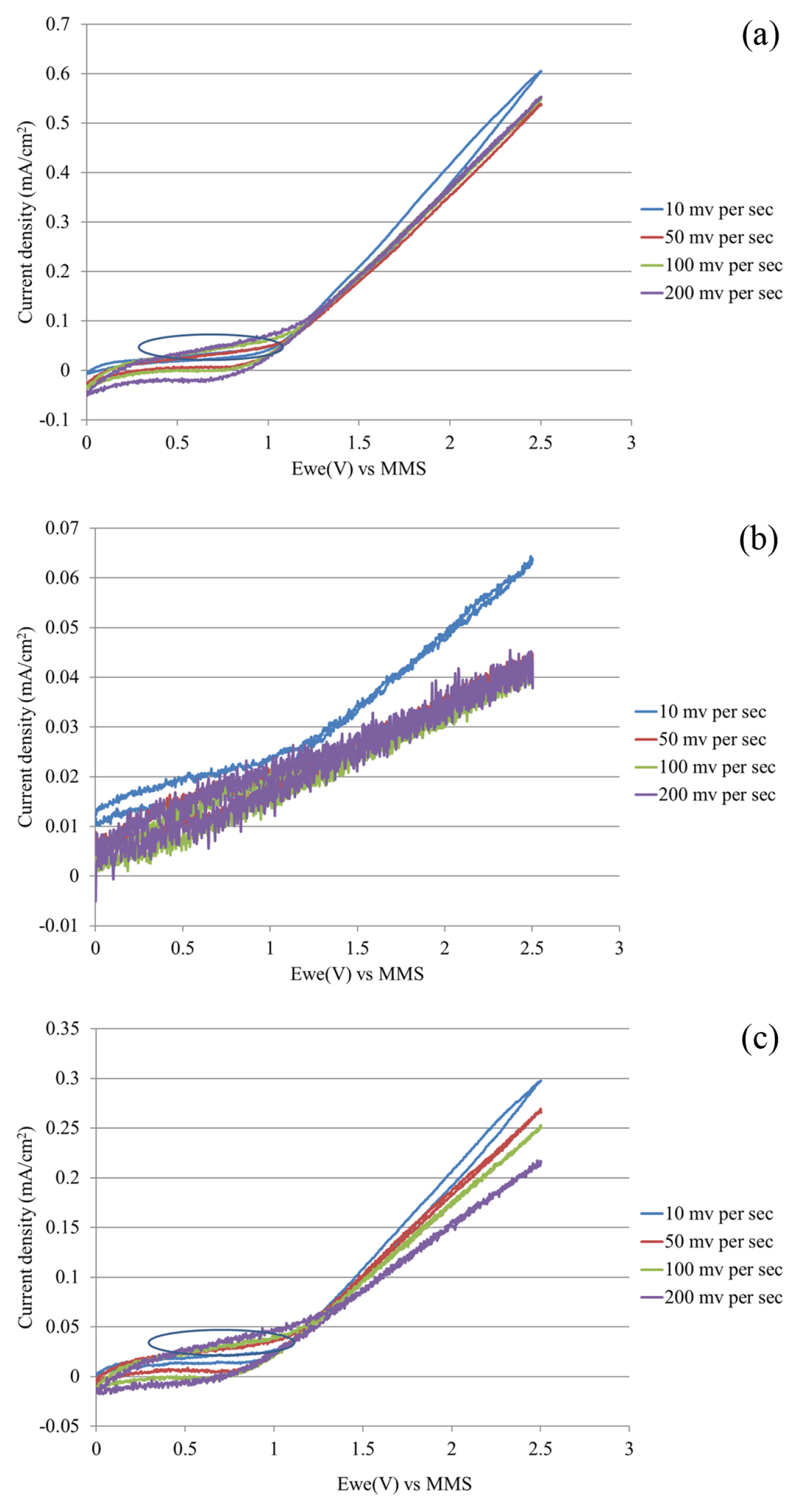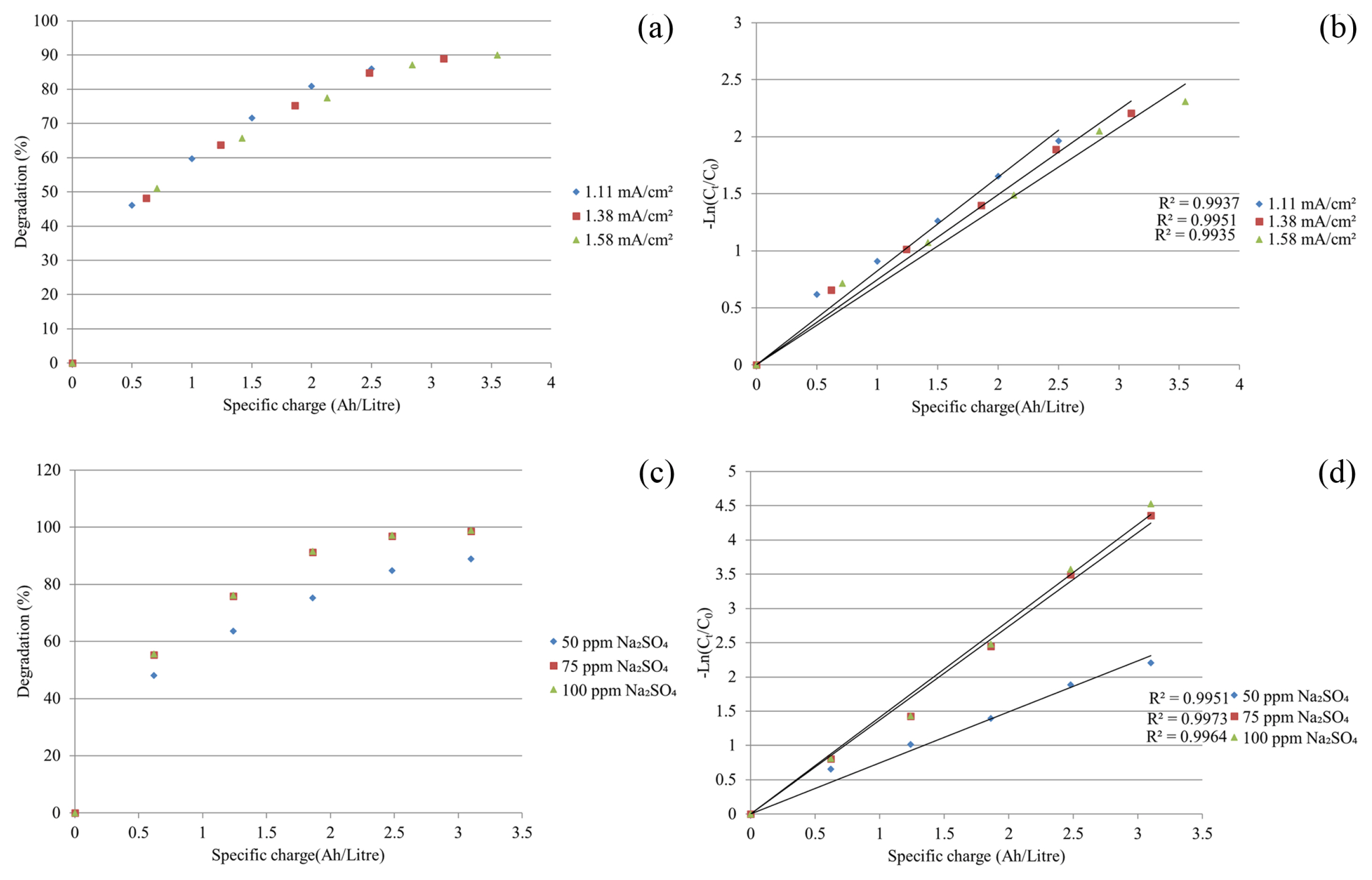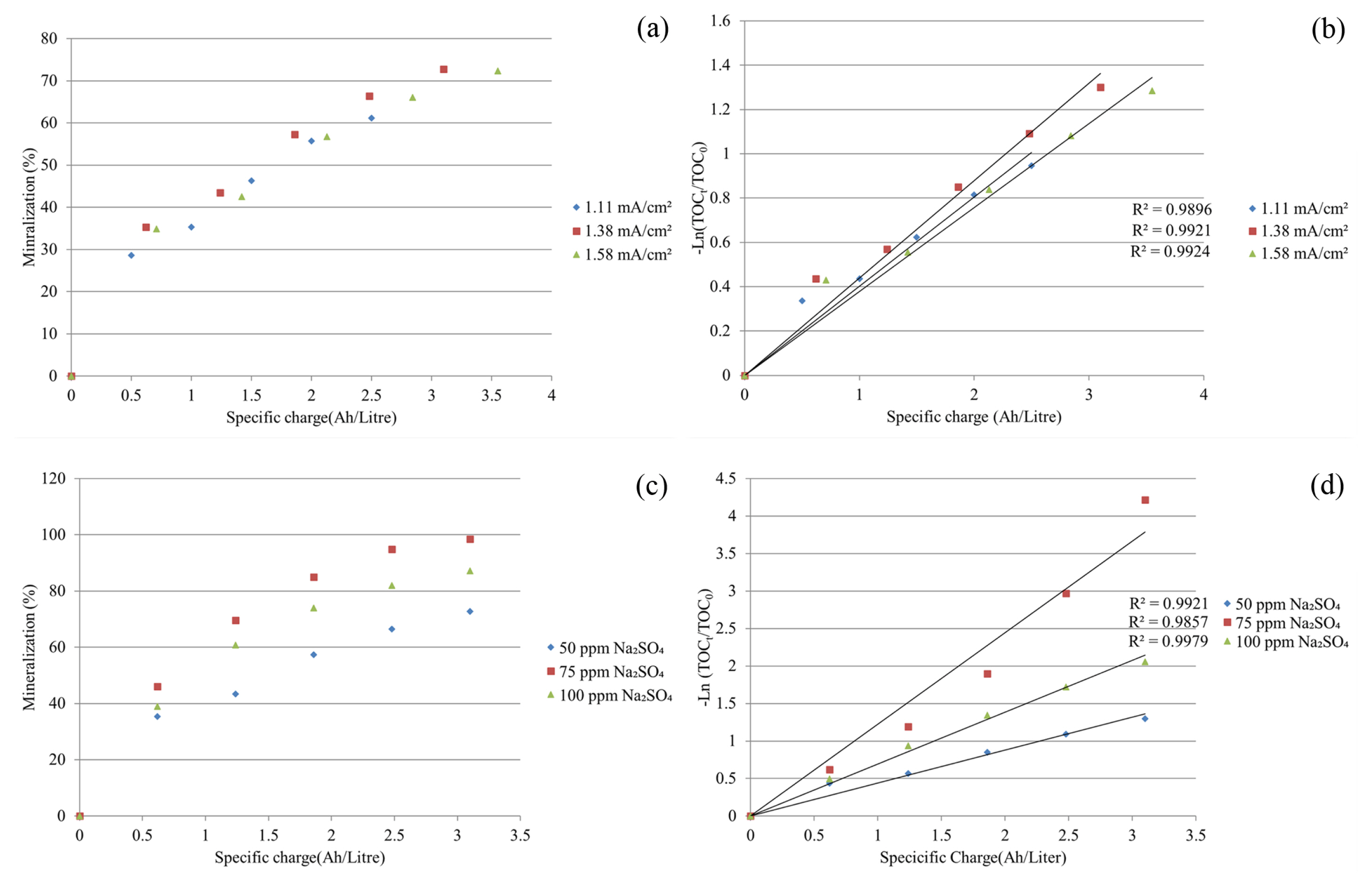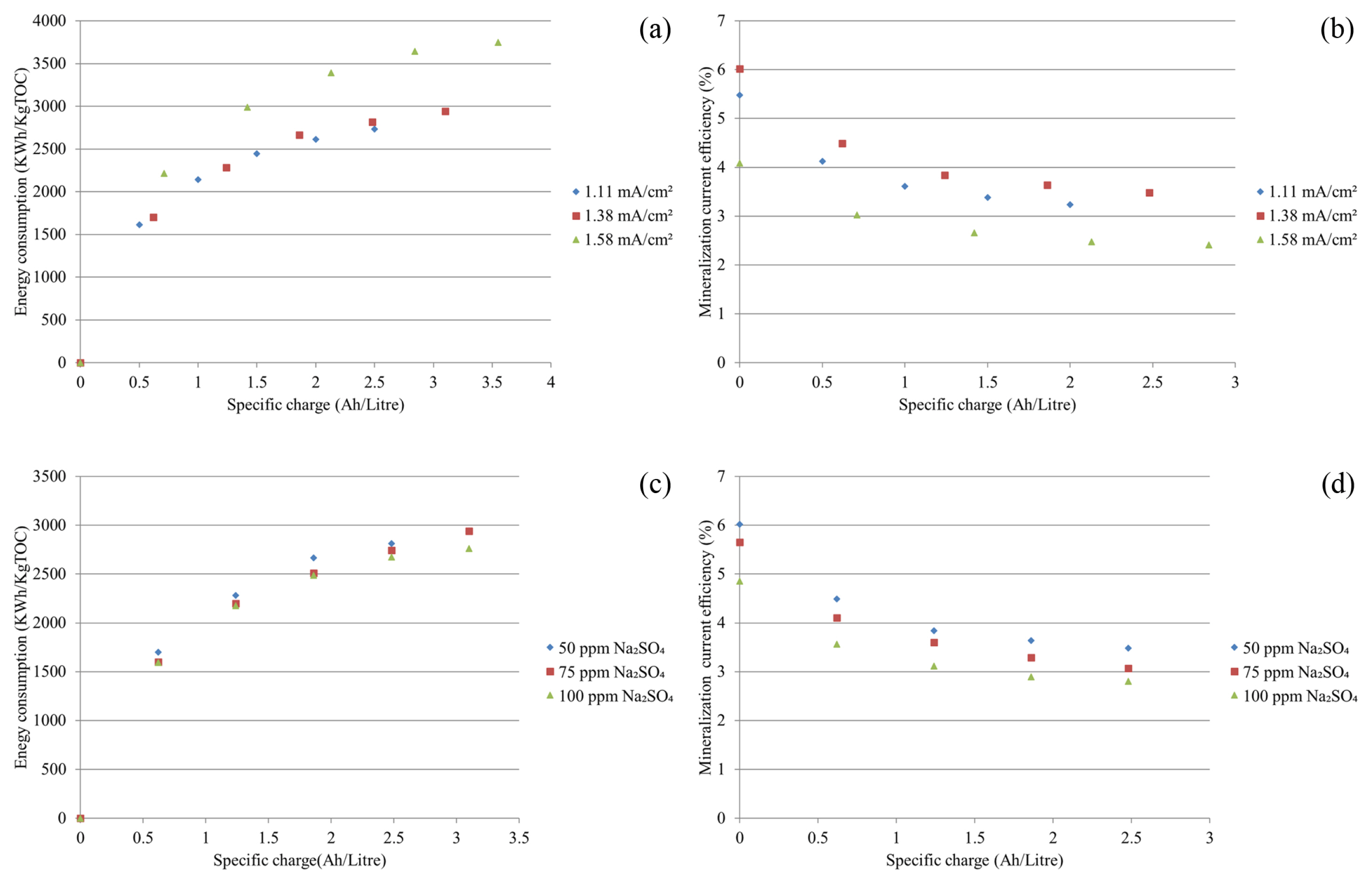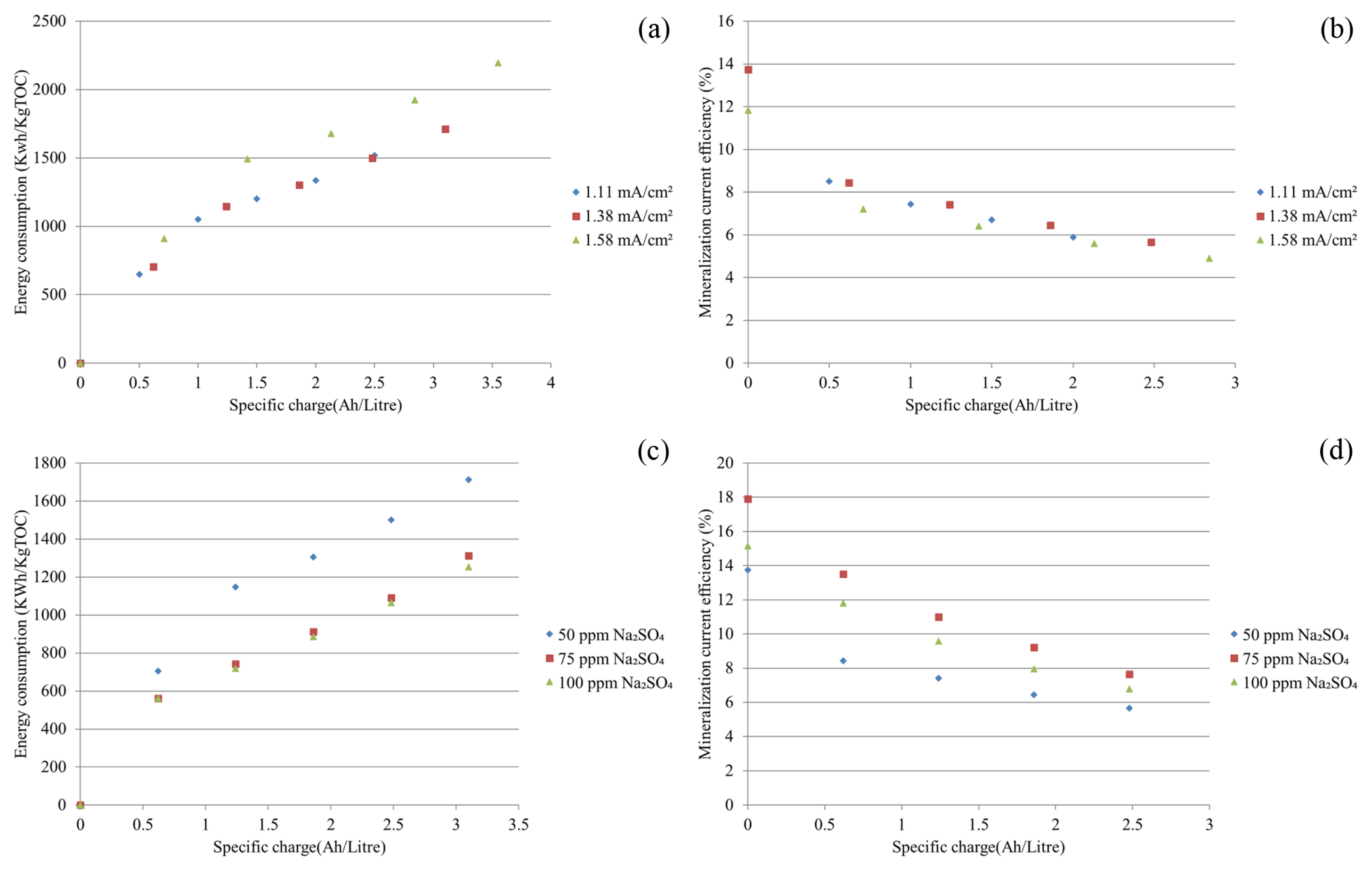[1] N. M. El-Enany, D. T. El-Sherbiny, A. A. Abdelal and F. F. Belal,
J. Fluoresc,
2010,
20(
2), 463–472.


[2] R. T. Wechsler, R. Leroy, A. V. Cott, A. E. Hammer, A. Vuong, R. Huffman, K. VanLandingham and J. A. Messenheimer,
Epilepsy Res,
2014,
108(
6), 1128–1136.

[3] K. Beattie, G. Phadke and J. Novakovic,
Chapter 6-Lamotrigine Profiles of Drug Substances, Excipients and Related Methodology,
2012,
37, 245–285.

[4] H. Wang, D. Qian, X. Xiao, S. Gao, J. Cheng, B. He, L. Liao and J. Deng,
Biosens. Bioelectron,
2017,
94, 663–670.

[5] J. O. McNamara, Farmacoterapia das epilepsias. In: L. L Brunton, B. A Chabner, B. C knollmannAs Bases Farmacológicas da Terapêutica. editors. Goodman e Gilman. 12th Edition. McGraw Hill, Rio de Janeiro, Brazil, 2003.
[6] F. Li, Z. D. Lin, Y. Hu, W. Li, C. C. Xue and N. D. Poonit,
Seizure,
2016,
37, 41–44.

[7] B. Chefetz, R. Marom, O. Salton, M. Oliferovsky, V. Mordehay, J. Ben-Ari and Y. Hadar,
Environ. Pollut,
2019,
250, 546–553.

[8] R. S. Saberi and S. Shahrokhian,
Bioelectrochemistry,
2012,
84, 38–43.

[9] C. Born, B. Bernhard, S. Dittmann, F. Seemüller and H. Grunze,
J. Affect. Disord,
2009,
115(
1–2), 241–245.

[10] J. S. Chang, E. Moon, B. Cha and K. Ha,
Prog. Neuro-Psychopharmacol. Biol. Psychiatry,
2010,
34(
7), 1322–1326.

[11] M. E. B. Calvo, O. D. Renedo and M. J. A. Martínez,
Anal. Chim. Acta,
2005,
549(
1–2), 74–80.

[12] I. Ferrer and E. M. Thurman,
Anal. Chem,
2010,
82(
19), 8161–8168.

[13] I. Ferrer and E. M. Thurman,
J. Chromatogr. A,
2012,
1259, 148–157.

[14] J. H. Writer, R. C. Antweiler, I. Ferrer, J. N. Ryan and E. M. Thurman,
Environ. Sci. Technol,
2013,
47(
17), 9781–9790.

[15] B. Zonja, S. Pérez and D. Barceló,
Environ. Sci. Technol,
2015,
50(
1), 154–164.

[16] B. Zonja, A. Delgado, J. L. Abad, S. Pérez and D. Barceló,
Water Res,
2016,
100, 466–475.

[17] T. P. Wood, C. D. Preez, A. Steenkamp, C. Duvenage and E. R. Rohwer,
Environ. Pollut,
2017,
230, 453–462.

[18] H. R. Foster, G. A. Burton, N. Basu and E. E. Werner,
Environ. Toxicol. Chem,
2010,
29(
12), 2845–2850.

[19] X. S. Miao, J. -J. Yang and C. D. Metcalfe,
Environ. Sci. Technol,
2005,
39(
19), 7469–7475.

[20] O. S. Keen, I. Ferrer, E. M. Thurman and K. G. Linden,
Chemosphere,
2014,
117, 316–323.

[21] E. Berman, E. Marom, D. EksteinI Blatt and S. Eyal,
Epilepsy Behav,
2016,
61, 82–85.

[22] S. Smarzewska, D. Guziejewski, A. Leniart and W. Ciesielski,
J. Electrochem. Soc,
2017,
164(
7), B321–B329.

[23] K. Morawska, T. Popławski, W. Ciesielski and S. Smarzewska,
Bioelectrochemistry,
2020,
136, 107630.

[24] X. Q. Wang, H. F. Wang, X. Zhang, S. Y. Yu, X. S. Huang, J. T. Zhang, C. L. Tian and S. Y. Lang,
J. Clin. Neurosci,
2015,
22(
6), 1005–1011.

[25] R. H. Chew, R. E. Hales and S. C. Yudofsky, What Your Patient Needs to Know about Psychiatric Medications. 2nd ed. American Psychiatric Pub. Inc, 2009. p.201–205.
[26] R. B. Young, B. Chefetz, A. Liu, Y. Desyaterik and T. Borch,
Environ. Sci.: Processes Impacts,
2014,
16, 848–857.

[27] O. S. Keen, S. Baik, K. G. Linden, D. S. Aga and N. G. Love,
Environ Sci. Technol,
2012,
46(
11), 6222–6227.

[28] B. A. Wols and C. H. M. Hofman-Caris,
Water Res,
2012,
46(
9), 2815–2827.

[29] A. F. Bollmann, W. Seitz, C. Prasse, T. Lucke, W. Schulz and T. Ternes,
J. Hazard Mater,
2016,
320, 204–215.

[30] J. Jeong and J. Lee,
Sep. Purif. Technol,
2012,
84, 35–40.

[31] H. R. Ghatak,
Environ. Technol,
2014,
35(
19), 2483–2492.

[32] H. R. Ghatak,
Int. J. Hydrog. Energy,
2020,
45(
56), 31466–31480.

[33] S. W. da Silva, E. M. Navarro, M. A. Rodrigues, A. M. Bernardes and V. Pérez-Herranz,
J. Electroanal. Chem,
2019,
832, 112–120.

[34] A. Hanawa, K. Asai, G. Ogata, H. Hibino and Y. Einaga,
Electrochim. Acta,
2018,
271, 35–40.

[35] J. Davis, J. C. Baygents and J. Farrell,
Electrochimiva Acta,
2014,
150, 68–74.

[36] J. Cai, M. Y. Pan and X. Lu,
Sep. Purif. Technol,
2020,
230, 115867.

[37] E. Aseman-Bashiz and H. Sayyaf,
J. Mol. Liq,
2020,
300, 112285.

[38] Y. Samet, L. Agengui and R. Abdelhédi,
Chem. Eng. J,
2010,
161(
1–2), 167–172.

[39] S. You, B. Liu, Y. Gao, Y. Wang, C. Y. Tang, Y. Huang and N. Ren,
Electrochim. Acta,
2016,
214, 326–335.

[40] C. A. Martínez-Huitle, M. A. Rodrigo, I. Sirés and O. Scialdone,
Chem. Rev,
2015,
115(
24), 13362–13407.

[41] M. Hamza, R. Abdelhedi, E. Brillas and I. Sirés,
J. Electroanal. Chem,
2009,
627(
1–2), 41–50.

[42] E. Guinea, J. A. Garrido, R. M. Rodríguez, P. L. Cabot, C. Arias, F. Centellas and E. Brillas,
Electrochim. Acta,
2010,
55(
6), 2101–2115.





